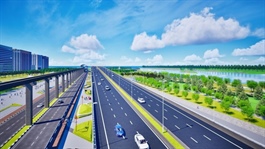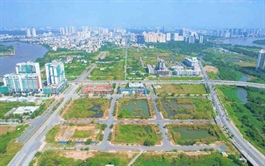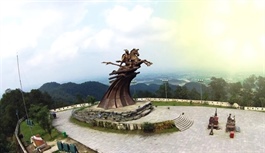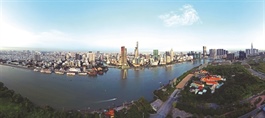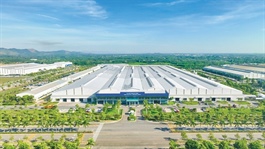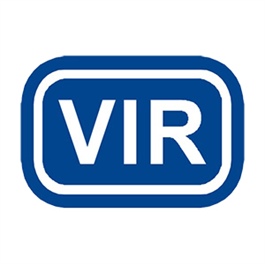Vietnamese firms turn to TOD to modernise urban development
Vietnamese firms turn to TOD to modernise urban development
Vietnamese corporations are increasingly adopting innovative models to modernise city planning, unlock land value, and drive sustainable infrastructure.
DonaCoop Infrastructure Investment JSC and VinaCapital Group have applied to Dong Nai province’s authorities to prepare an investment report for a proposed metro line connecting Suoi Tien in Ho Chi Minh City to Long Thanh International Airport. The undertaking is designed around the transit-oriented development (TOD) model, which concentrates urban growth along high-quality public transport hubs to encourage sustainable living and maximise land-use potential.
In Ho Chi Minh City, several major companies have also submitted proposals to invest in metro lines. For example, a consortium comprising Dai Dung Group, Construction Corporation No.1, and Hoa Phat Group – referred to as the DCH consortium – has proposed to develop Metro Line 2 (Ben Thanh-Tham Luong line), the Thu Thiem-Long Thanh railway, and the new Binh Duong City-Suoi Tien line.
THACO Group has proposed investing in Metro Line 2 and the Thu Thiem- Long Thanh line. Meanwhile, Vingroup has received approval from Ho Chi Minh City People’s Committee to research a 48.5km metro line connecting the city centre with Can Gio area.

Several land plots surrounding stations on Metro Line 1 (Ben Thanh-Suoi Tien line) are slated for TOD development |
A common feature across these proposals is the suggested use of the BT model (land-for-infrastructure exchange) with investors focusing on land reserves along the routes and around proposed station locations.
These areas possess significant potential for urban and commercial development thanks to the direct benefits brought by metro lines. As a result, companies are keen on the TOD model, which promises long-term gains from rising land value in newly developed urban areas.
Vice Chairman of Ho Chi Minh City People's Committee Bui Xuan Cuong said the city, following recent administrative consolidation, has identified TOD as a pillar of its strategy for building a smart and sustainable metropolis.
“A selective pilot approach is considered appropriate, allowing the city to effectively leverage land resources and reinvest in infrastructure,” he said.
The city aims to operate 355km of urban rail by 2035 while simultaneously developing TOD zones to ease traffic congestion, stimulate commerce, and enhance quality of life.
Under the plan, Ho Chi Minh City will develop TOD in three phases. In the first five years, the city will select 11 pilot locations around metro stations and the Ring Road 3 corridor.
The city is finalising procedures to adjust zoning along Metro Line 1 and Metro Line 2, with land auctions expected to begin in early 2026.
All land designated for TOD remains under state management, which means no site clearance is required. This is seen as a golden opportunity for businesses to bid on clean land plots and begin project implementation immediately after winning the auction.
Major developer Sun Group has already submitted a proposal to develop TOD in the Nong Truong Dua area and other locations in the former Thu Duc city.
Additionally, some companies have sought permission to develop TOD on land they already control. Earlier this year, Ho Chi Minh City Infrastructure Investment JSC proposed developing more than 50 hectares of TOD in the Hang Xanh area, where Metro 3A, Metro 5, and several major road networks intersect.
Similarly, Duy Tan Plastics Co., Ltd. proposed a TOD project on land near Ring Road 2, National Highway 1A, and Vo Van Kiet boulevard.
Japanese investors have also shown strong interest in Ho Chi Minh City’s TOD initiatives. In a recent meeting with the city’s management, Ono Masuo, Japanese Consul General to Ho Chi Minh City, confirmed that many Japanese companies involved in real estate, commercial development, and public transit operations are paying close attention to TOD-oriented urban development projects in the city.
“Japanese companies have practical experience developing TOD at home, so their investment in Vietnam is expected to help foster more sustainable urban growth,” he said.
According to Ngo Quang Phuc, CEO of southern developer Phu Dong Group, auctioning land for TOD delivers benefits for the state, businesses, and homebuyers alike.
“For the government, auctions ensure maximum revenue. Developers gain access to clean land, enabling them to proceed confidently without regulatory or zoning risks. Homebuyers, meanwhile, can access legally secure real estate products,” he said.
- 08:44 20/11/2025




